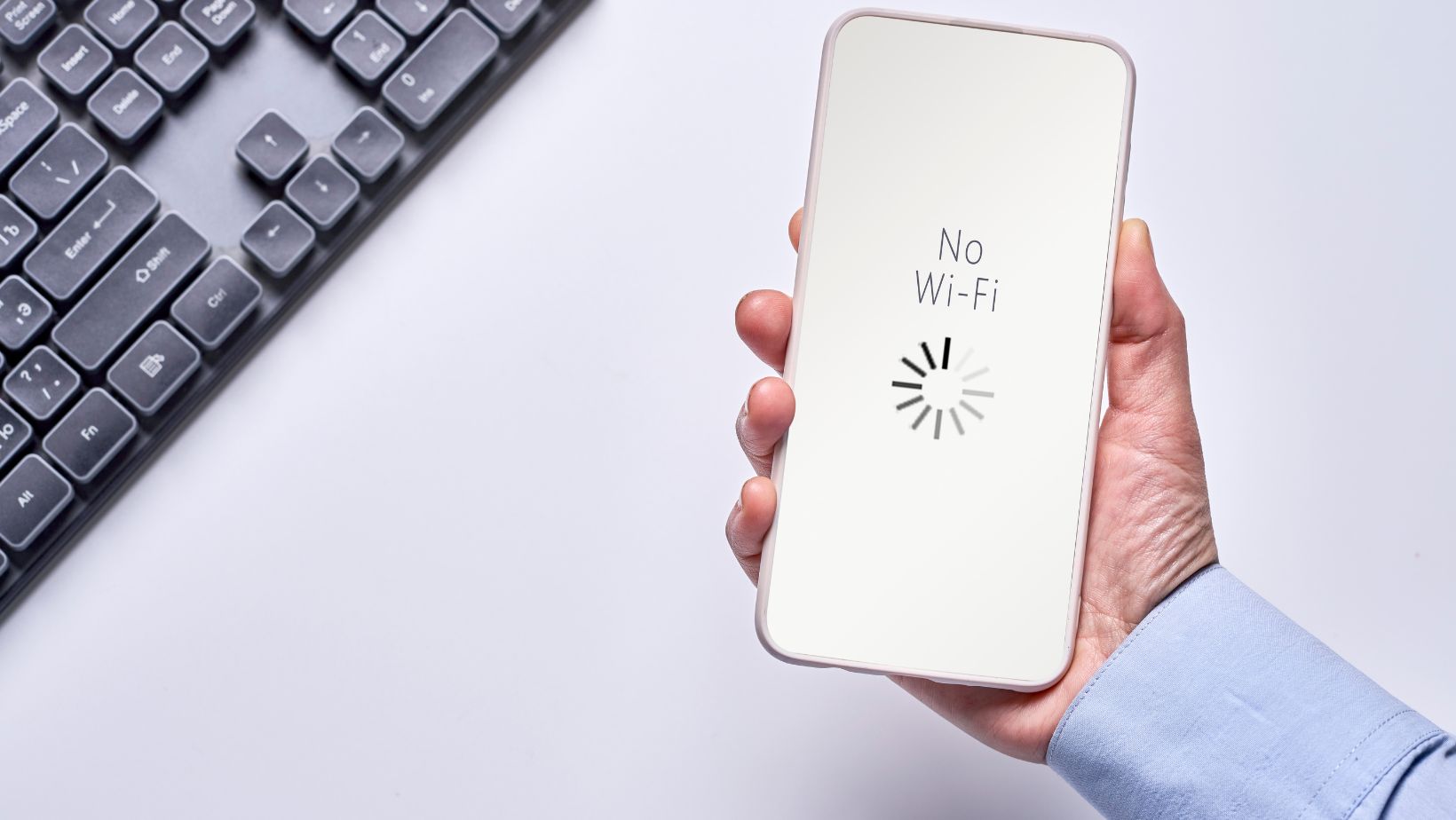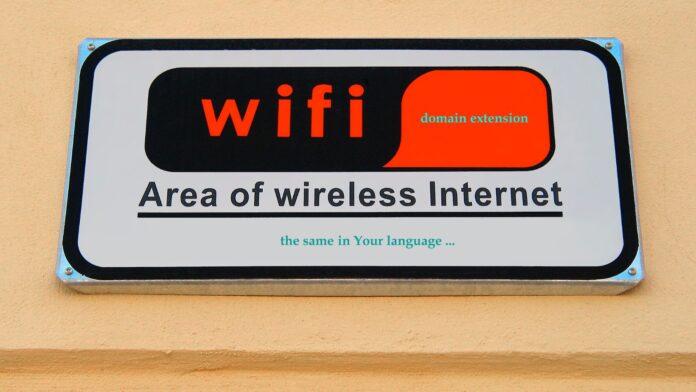Why is Verizon so Slow in my Area
If you’re wondering why Verizon is so slow in your area, there could be a few reasons behind the sluggish speeds. One possible explanation is network congestion. In densely populated areas, where many people are using their devices simultaneously, the increased demand can strain the network and result in slower internet speeds for everyone.
Another factor that may contribute to slow speeds is the distance between your location and the nearest cell tower or Verizon’s infrastructure. The farther you are from these points, the weaker your signal may be, leading to slower connection speeds.
Additionally, environmental factors such as physical obstructions (like buildings or trees) or even extreme weather conditions can impact signal strength and cause slower internet performance in certain areas.
Understanding these potential reasons for slow speeds can help you better grasp why Verizon may be performing below expectations in your specific area. It’s always worth reaching out to Verizon’s customer support team to inquire about any known issues or troubleshooting steps that might improve your connection speed.
Verizon’s Network Infrastructure
When it comes to understanding why Verizon may be slow in your area, it’s important to consider the role of their network infrastructure. The quality and capacity of a network’s infrastructure can have a significant impact on internet speeds. Here are some key factors related to Verizon’s network infrastructure that could contribute to slower speeds:
- Coverage Area: One possible reason for slow Verizon speeds in your area could be limited coverage. While Verizon has an extensive network across the United States, certain areas may have less comprehensive coverage, resulting in decreased performance.
- Tower Congestion: Another factor that can affect speed is tower congestion. In densely populated areas or during peak usage times, the increased number of users accessing the same tower can put strain on the network and lead to slower speeds.
- Network Upgrades: Network upgrades play a crucial role in maintaining optimal performance. If Verizon hasn’t recently updated its infrastructure in your area, outdated equipment or technology limitations could be contributing to slower speeds.
- Distance from Cell Towers: The proximity of cell towers also plays a part in determining internet speeds. If you’re located far away from the nearest tower, signals may weaken as they travel longer distances, resulting in reduced speed.
- Interference and Obstructions: Physical obstructions such as buildings, trees, or even weather conditions like heavy rainfall can interfere with signal strength and ultimately impact internet speeds.
While these factors help shed light on why Verizon might be slow in your area, it’s essential to remember that individual experiences can vary based on specific circumstances unique to each location.
Keep in mind that if you’re experiencing consistently slow speeds with Verizon in your area despite these factors not being apparent, reaching out directly to their customer support team might provide further insight into any ongoing issues or potential solutions.
Overall, understanding how Verizon’s network infrastructure operates within your area is crucial for comprehending why you might encounter slower internet speeds than desired. By considering the coverage, tower congestion, network upgrades, distance from cell towers, and potential interference or obstructions, you can gain a better understanding of the factors that contribute to Verizon’s speed performance in your area.

Congestion and High Usage in Your Area
One possible reason for slow speeds on your Verizon network could be congestion and high usage in your area. When there are too many people trying to connect to the same cell tower or using data-intensive applications simultaneously, it can put a strain on the network, leading to slower speeds for everyone.
Here are some factors that contribute to congestion and high usage:
- Population density: Areas with a high population density tend to have more users competing for limited network resources. Urban areas, apartment complexes, and business districts are often prone to heavy traffic, especially during peak hours.
- Time of day: Network traffic tends to peak during certain times of the day when more people are online. For example, evenings after work hours or weekends when people are streaming videos, gaming, or browsing social media can result in increased congestion.
- Events and gatherings: Large events such as concerts, festivals, or sporting events can attract a significant number of attendees who all want to use their devices at once. This sudden surge in demand can overwhelm the local infrastructure and lead to slower speeds.
- Network capacity: In some cases, the local cell tower may simply not have enough capacity to handle the increasing number of users in your area. This could happen if there hasn’t been an upgrade or expansion of infrastructure to keep up with growing demand.
While Verizon strives to provide reliable service across all areas, these factors can impact network performance from time to time. It’s important to note that slow speeds due to congestion do not necessarily indicate a problem with your device or plan.


